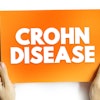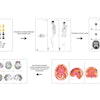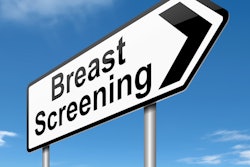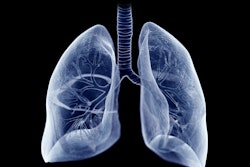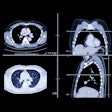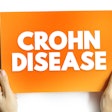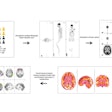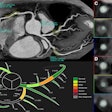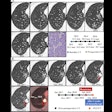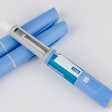Adherence to lung cancer screening (LCS) with low-dose CT (LDCT) decreases after baseline imaging, according to a study published March 18 in JAMA Network Open.
The findings indicate that there's more work to be done to boost patient compliance with LCS, suggested a team led by Roger Kim, MD, of the University of Pennsylvania in Philadelphia.
"In [our] study of adults undergoing LCS, screening adherence was associated with increased overall and early-stage lung cancer detection rates … [but] adherence decreased annually after baseline screening, suggesting that it is an important LCS quality metric," Kim and colleagues noted.
LCS with LDCT reduces lung-cancer-specific mortality by increasing the number of cancers identified at an early stage and has been recommended by the U.S. Preventive Services Task Force (USPSTF) for people between the ages of 50 and 80. But adherence to annual screening is key, Kim and colleagues noted.
"To realize the benefit of LCS in clinical practice, healthcare systems must establish programs capable of not only identifying and screening eligible adults but also ensuring that screened individuals continue to receive annual LCS," it wrote.
As "data linking annual LCS adherence to lung cancer outcomes do not currently exist," according to Kim and colleagues, the group investigated annual LCS adherence rates across two subsequent rounds among adults undergoing baseline screening, assessing any associations of screening adherence with lung cancer diagnosis rates. Their research included information from 10,170 individuals (majority male) between the ages of 55 and 75 who formerly or currently smoked and underwent baseline LCS between January 2015 and December 2018 for the Population-Based Research to Optimize the Screening Process (PROSPR)-Lung Consortium.
The team defined "adherence" in the following manner:
- For negative baseline screening results, first and second follow-up screening adherence was defined as undergoing chest CT between 10 and 18 months and 22 and 30 months after baseline, respectively.
- For positive baseline screening results, first and second follow-up screening adherence was defined as chest CT between 11 and 21 months and 28 and 36 months after baseline, respectively.
The study's main outcomes were annual first and second follow-up LCS adherence rates and associations between first and second follow-up screening adherence, as well as annual incident lung cancer diagnoses zero to 12 months after baseline, first follow-up (more than 12 to 24 months after baseline), and second follow-up (more than 24 to 36 months after baseline) and cancer stage of diagnoses.
Among the study cohort, 84.5% had negative screening results at baseline and 15.5% had positive results at baseline; most study participants were white (73.1%) and most currently smoked (58.7%).
The group found the following:
| LCS adherence and incident cancer diagnoses rates, proportion of early-stage cancers | |||
|---|---|---|---|
| Measure | 0 to 12 months after baseline | First follow-up | Second follow-up |
| Eligible patient adherence | -- | 61.2% | 50.5% |
| Incident lung cancer diagnosis rates | 1.3% | 0.7% | 0.8% |
| Lung cancer diagnosis rates | |||
| Individuals adherent to screening | -- | 1% | 1.3% |
| Individuals not adherent to screening | -- | 0.2% | 0.2% |
| Proportion of early-stage cancers diagnosed | |||
| Individuals adherent to screening | -- | -- | 73% |
| Individuals not adherent to screening | -- | -- | 25% |
It also found that patient compliance with first round follow-up was associated with compliance with second round follow-up, with an adjusted relative risk of 2.4 (with 1 as reference). Across three years of follow-up, 279 patients (2.7%) were diagnosed with lung cancer.
"To our knowledge, this is the first study to demonstrate that annual LCS adherence was associated with clinically meaningful improvements in early detection of lung cancer and favorable stage distribution," the authors wrote.
But adherence rates did decrease between the first and second follow-up screening, they noted.
"The finding that annual LCS adherence rates decreased across subsequent rounds of screening supports the use of annual adherence as a quality metric for LCS programs seeking to maximize the benefits of LCS for early lung cancer detection and, ultimately, reduce lung cancer-related deaths," Kim and colleagues concluded.
The complete study can be found here.


